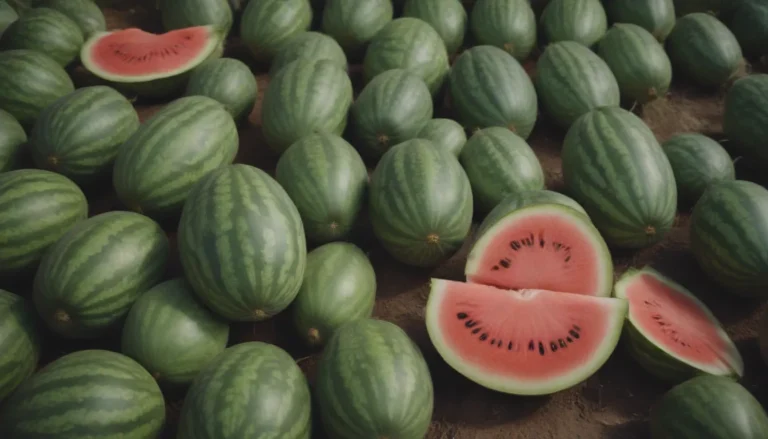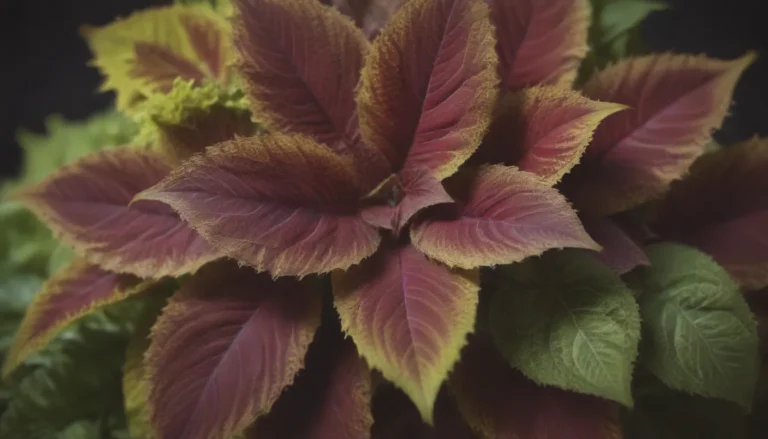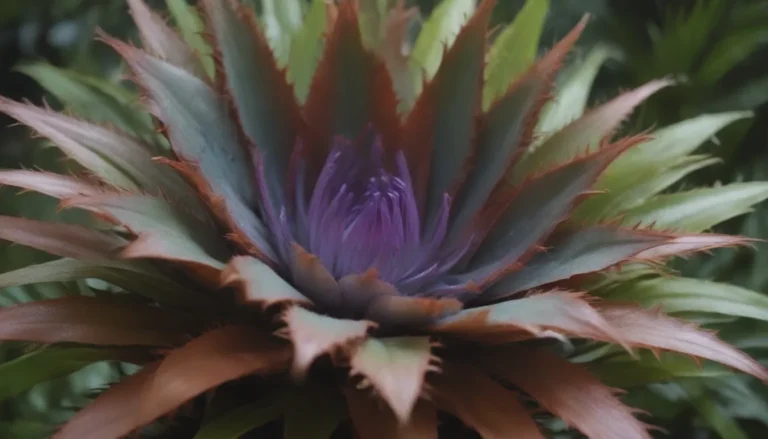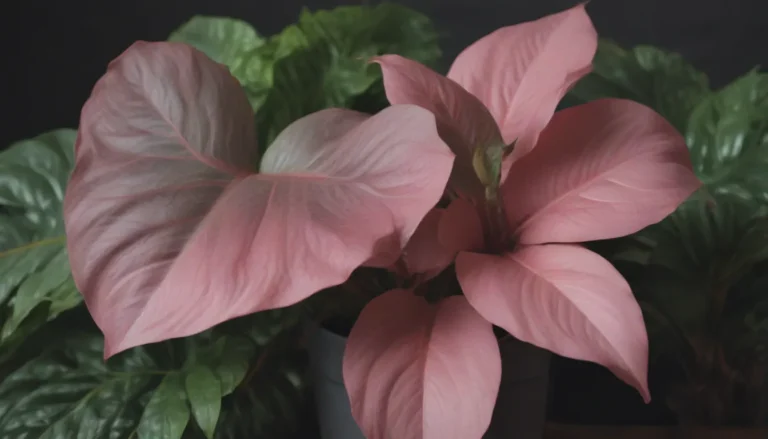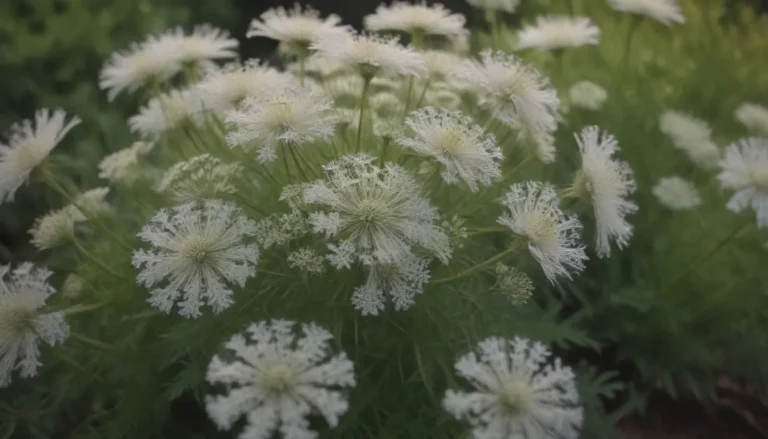The Ultimate Guide to Growing and Caring for Heliotropes
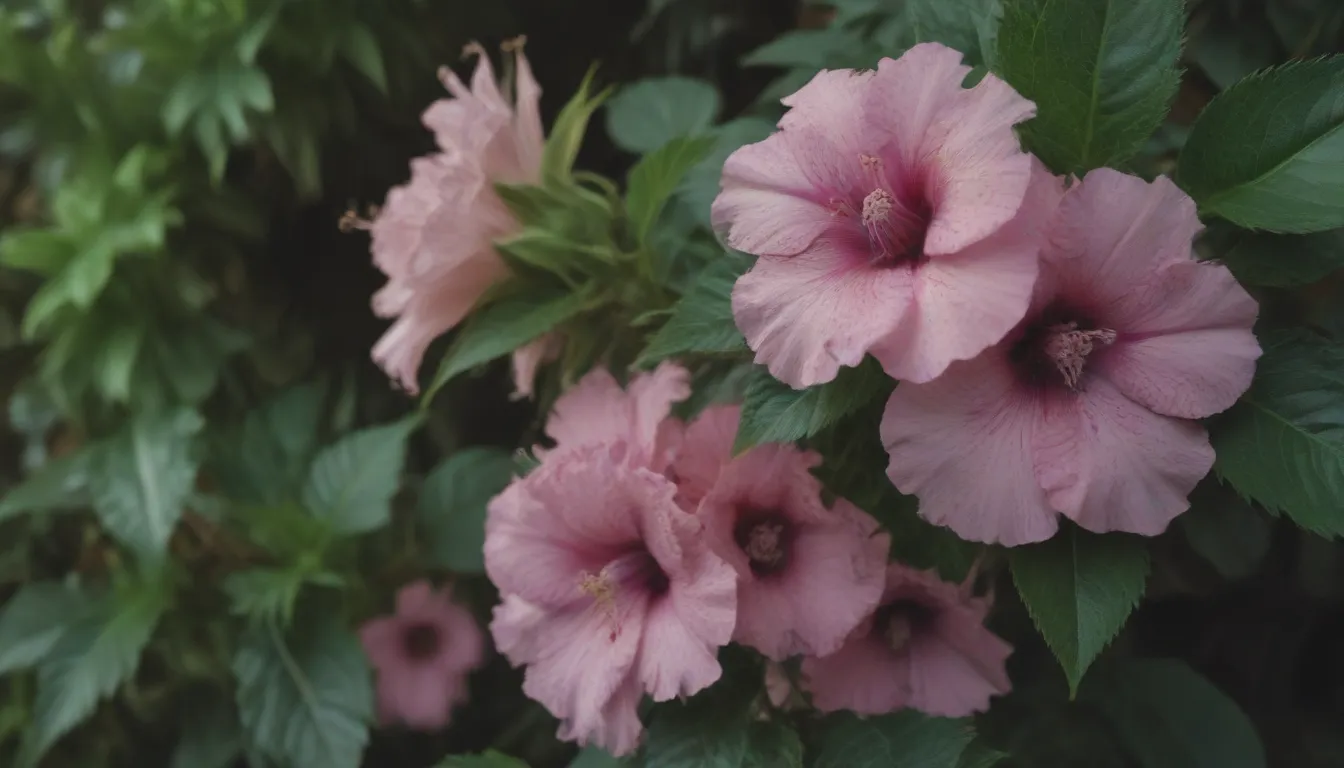
If you’re looking to add a touch of old-fashioned charm and delicate beauty to your garden, heliotropes are the perfect choice. These stunning flowering perennials, with their aromatic flowers that resemble those of a cottage garden, are sure to brighten up any outdoor space. In this comprehensive guide, we will cover everything you need to know about growing and caring for heliotropes, from planting to propagation to common problems and solutions.
What Are Heliotropes?
Heliotropes belong to the genus Heliotropium and are part of the Boraginaceae family, which includes around 325 species of these lovely plants. The name “heliotrope” comes from the Greek words helios, meaning “sun,” and tropos, meaning “to turn,” reflecting the plant’s tendency to follow the sun throughout the day. Some say the flowers smell like vanilla, while others swear they have a cherry pie fragrance.
Planting Heliotropes
- Plant heliotropes outdoors in the spring after the danger of frost has passed.
- Choose a location that receives at least six hours of direct sunlight daily.
- Ensure the soil is rich, loamy, and well-draining with a pH of 6.6 to 7.3.
- Water regularly to keep the soil evenly moist but not waterlogged.
Heliotrope Care Tips
Heliotropes are native to subtropical regions of Peru and thrive in warm days and cool nights. Here are some essential care tips to help your heliotropes flourish:
Light
- Heliotropes need a minimum of six hours of direct sunlight daily.
- Morning sun is preferred over intense afternoon rays to avoid flower burn.
Soil
- Plant heliotropes in rich, well-draining soil with some moisture retention.
- Avoid heavy clay soils as they can lead to root rot in heliotropes.
Water
- Heliotropes require regular watering to thrive.
- Keep the soil consistently moist, especially during warm weather.
Temperature and Humidity
- Heliotropes prefer warm days and cool nights.
- They are not tolerant of hot or overly humid conditions.
Fertilizer
- Feed heliotropes regularly with a high-phosphorus fertilizer for flowering plants.
- Fertilize monthly when planted in the garden and bi-weekly when in containers.
Types of Heliotropes
There are many varieties and cultivars of heliotropes to choose from, each with its unique characteristics. Some popular options include:
- ‘Princess Marina’ (Heliotropium arborescens)
- Clasping heliotrope (Heliotropium amplexicaule)
- Beach heliotrope (Heliotropium anomalum)
- Salt heliotrope (Heliotropium curassavicum)
Propagating Heliotropes
Heliotropes can be propagated through stem cuttings or seeds for new plant growth. Follow these steps to propagate from stem cuttings in the spring or summer. You can also grow heliotropes from seed indoors before the last frost for a successful bloom in the fall.
Potting and Repotting Heliotropes
Heliotropes are well-suited for container gardening due to their manageable size and minimal pest and disease issues. When growing heliotropes in pots, be sure to water them more frequently than those in garden beds to keep the soil moist. Additionally, overwintering heliotropes in containers indoors during frosty weather can help ensure their survival for the next growing season.
Common Pests and Diseases
- Watch out for aphids, mealybugs, spider mites, fungus gnats, and whiteflies on heliotropes.
- Treat infestations with insecticidal soap or neem oil.
- Check for powdery mildew caused by poor air circulation and warm soil conditions.
Troubleshooting Common Problems
- Brown Flower Clusters: Remove damaged flowers and water the soil appropriately to prevent powdery mildew.
- General Drooping: Adjust sunlight exposure and water levels to alleviate plant stress.
- Discolored or Brown Leaves: Look for spider mites or whiteflies and treat with insecticidal soaps.
Getting Heliotropes to Bloom
Regularly pinching and deadheading your heliotropes will encourage more blooms and a lush growth habit. For indoor heliotropes, ensure they receive sufficient light, moisture, and fertilizer to promote blooming. Remember that consistent care will result in abundant, fragrant flowers throughout the season.
Heliotropes add a lovely touch to any garden, whether grown outdoors or as indoor houseplants. By following these care tips and troubleshooting potential issues, you can enjoy the beauty and fragrance of heliotropes in your own space. Just remember to keep them away from kids and pets, as they are toxic if ingested.
Now that you have all the information you need to grow and care for heliotropes, it’s time to get started and watch your garden bloom with these delicate and aromatic flowers!

